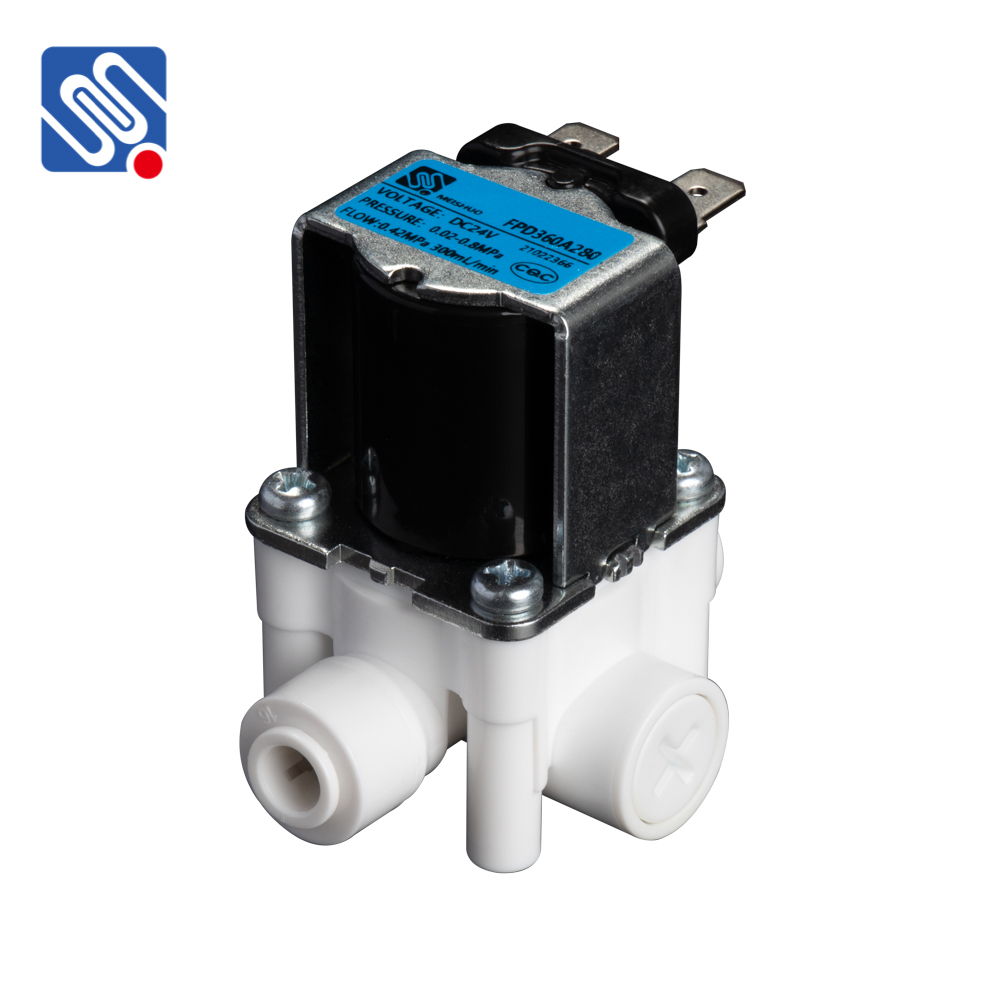understanding the dc solenoid valve: function, applications, and benefits
Release time:2025-08-27 22:30:34
DC Solenoid Valves are critical components in various industries, providing efficient control of fluid flow in automated systems. Unlike their AC counterparts, DC solenoid valves operate using direct current, which brings several advantages such as lower energy consumption and quicker response times. This article explores the functionality, applications, and key benefits of DC solenoid valves, shedding light on their significance in modern engineering and automation.

What is a DC Solenoid Valve?
A DC solenoid valve is an electromechanical device that controls the flow of liquids or gases through pipes by opening or closing a valve with the help of an electromagnet powered by a DC voltage source. The valve's basic working principle involves the flow of electrical current through a solenoid (a coil of wire) to create a magnetic field. This magnetic field moves a plunger or armature that either opens or closes the valve, regulating the fluid flow.
One of the most important distinctions between DC solenoid valves and their AC counterparts is the power source. While AC solenoid valves use alternating current to generate the magnetic field, DC solenoid valves use direct current. This difference in operation offers specific advantages, especially for low-power, high-precision applications.

